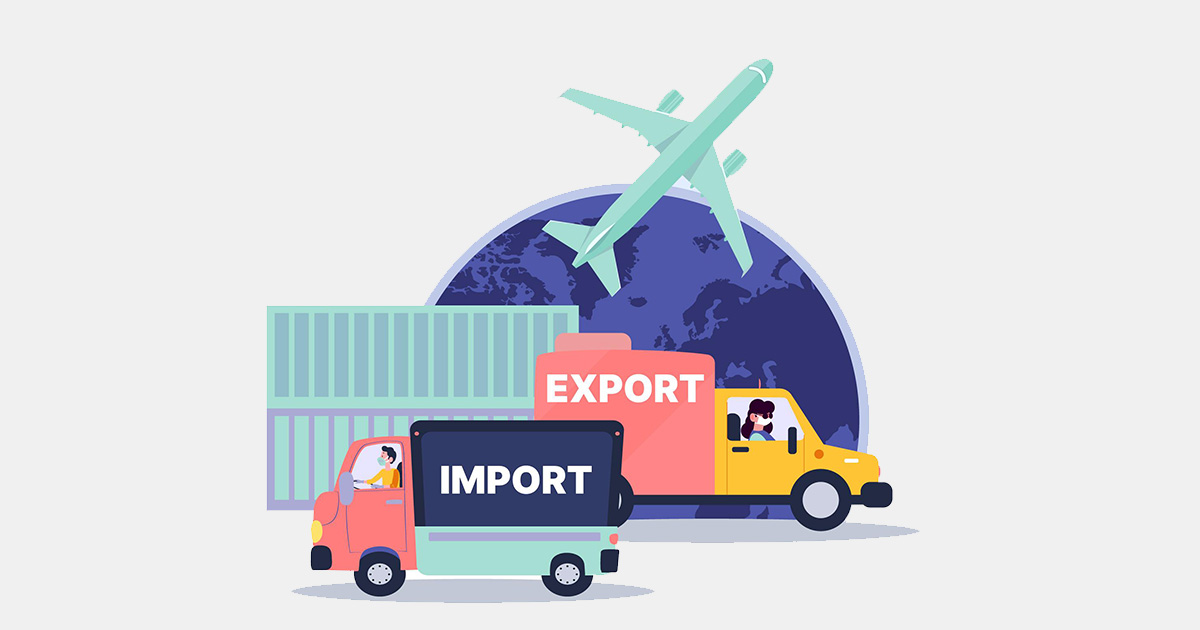 Trade Data
Trade Data
 23-09-2024
23-09-2024
Vietnam has rapidly emerged as a key player in the global trade landscape, particularly as an attractive destination for foreign investment and trade partnerships. With its strategic location in Southeast Asia, the country has witnessed substantial growth in imports over the past few years, driven by the demand for various goods and materials necessary for its burgeoning economy.

Key Trends in Vietnam's Import Data
Diverse Import Categories
Vietnam imports a wide range of products, including machinery, electronics, chemicals, and raw materials. Machinery and equipment are among the largest import categories, essential for supporting its manufacturing sector, particularly in textiles and electronics.
Click to check Vietnam's import data
Trade Partnerships
The country has established robust trade relationships with several nations. China remains Vietnam's largest import partner, followed by South Korea, Japan, and the United States. These partnerships have facilitated a steady influx of goods and have contributed to Vietnam's integration into global supply chains.
Click to check Vietnam's import data
Growing Demand for Raw Materials
With its manufacturing sector expanding, there is a growing demand for raw materials. This trend is expected to continue as Vietnam enhances its production capabilities and seeks to become a manufacturing hub in the region.
Click to check Vietnam's import data
Impact of Trade Agreements
Vietnam's participation in various trade agreements, such as the Comprehensive and Progressive Agreement for Trans-Pacific Partnership (CPTPP) and the EU-Vietnam Free Trade Agreement, has opened new markets and reduced tariffs, further boosting import activities.
Click to check Vietnam's import data
The Importance of Accurate Import Data
Access to precise import data is crucial for businesses looking to navigate the Vietnamese market effectively. Understanding trends and shifts in import patterns can help companies identify opportunities, mitigate risks, and develop strategic plans for market entry.
For businesses seeking to leverage import data effectively, Tendata offers a powerful solution. Tendata provides comprehensive trade data analytics that allow users to gain insights into import/export trends, monitor competitor activities, and identify potential partners. With real-time access to Vietnam's import statistics, businesses can make informed decisions and stay ahead in the competitive landscape.
Conclusion
As Vietnam continues to grow as a global trade hub, staying informed about import data trends will be vital for companies looking to capitalize on opportunities in this dynamic market. By utilizing advanced tools like Tendata, businesses can navigate the complexities of international trade and make strategic decisions that drive success.
For more information on how Tendata can enhance your trade analysis, visit Tendata's website today! Get a free online demo now!
1. Establishing a Customer Database by Country:
Building a customer database is akin to maintaining a work record. Start by using trade tracking features to compile a list of all customers in a country. Analyze each buyer's purchase volume, procurement cycle, product specifications, and supplier system. Finally, filter out 30% of the potential high-quality customers from this country and record them in your customer database, allowing flexible settings by country, time, customer name, follow-up steps, contact phone, email, contact person, etc. (>>> Click For Free Customer Development)
2. Establishing a Customer Database by Peer Companies:
Have a clear understanding of the names of peer companies (including full names, abbreviations, etc.). Use the global supplier network feature to gather all customers of these peers in the system. Analyze these customers based on purchase volume, procurement cycle, and product models. Finally, filter out key customers from your targeted peers and record them in your customer database. (>>> Click For Free Trial Application)
3. Identifying Newly Appeared Customers in Each Country:
Utilize the trade search function to select a country, set date ranges, limit product names or customs codes, and check "latest." The search results will display high-quality customers that have recently appeared in that country during the specified time period. Since these customers are newly emerging, they may have unstable supplier relationships, requiring focused follow-up. Record these new potential buyers in your customer database. (>>> Click For Free Demo Application)

These three approaches for customer development using customs data can be implemented based on the actual needs of the company. Considering market conditions, industry characteristics, strategic requirements, etc., find a method that suits your preferences. The ultimate goal is to establish and organize a categorized archive of high-quality customers. Once suitable customers are identified, the next step is to make precise contact through various channels such as phone calls, email communication, online chat, etc.
Category
Leave Message for Demo Request or Questions


 T-info
T-info T-discovery
T-discovery

 My
Tendata
My
Tendata Market Analysis
Market Analysis Customer
Development
Customer
Development Competitor
Monitoring
Competitor
Monitoring Customer Relationship
Customer Relationship




































































































































